When I first started meal prepping, some unfortunate mistakes stopped me from using my freezer very often. For example . . . zucchini. Have you ever unintentionally frozen shredded zucchini into an ice blob? As I became more confident in the kitchen, I became more comfortable incorporating freezer meals in my meal prep strategy. Doing so has truly been a game-changer.
If you have tasted a freezer-burned meal, you may be under the impression that the freezer is where meals go to die. That can and sadly, does, happen. However, frozen meals can be just as delicious after a month as they were the day you made them. Once you understand proper freezing methods, you can use your freezer to reduce waste, diversify your meals, and save time and money.
Choose Freezer-Friendly Recipes
Freezing can change food’s texture and flavor, which is why it’s important to freeze meals that are suited for it. Meals that freeze best include soups, stews, casseroles, curries, and pasta bakes. All WWL recipes indicate whether they are freezer friendly or not. But when in doubt, Google it!
Thai Coconut Curry Soup With Chicken (One-Pot!)
This delicious soup freezes really well (as many soups do), and we love to pull this one out after a long day and you need a little soul soothing with your meal. There’s no dairy—just coconut milk—so there’s no chance of the soup separating when you reheat it.
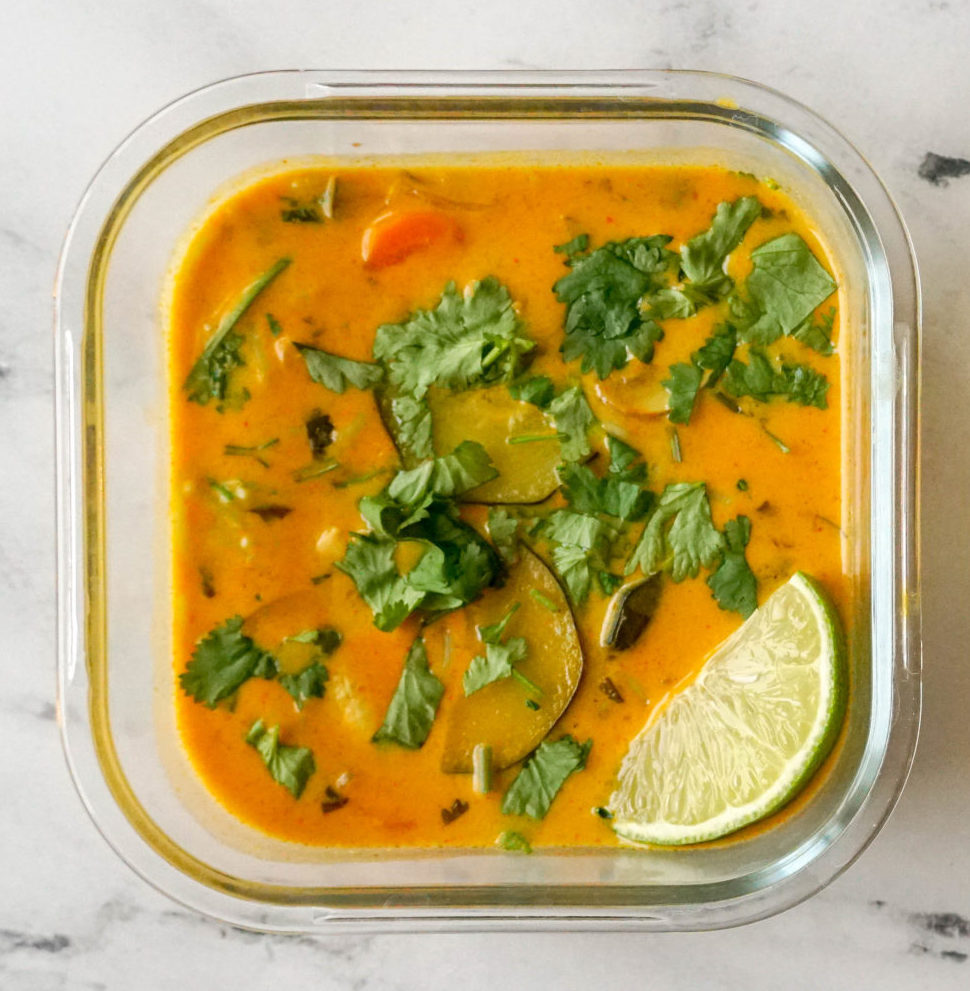
2. Savory Muffins With Cheddar Cheese
We love these muffins with eggs, alongside a nice chili, or even as an accompaniment with dinner. They freeze like a dream.
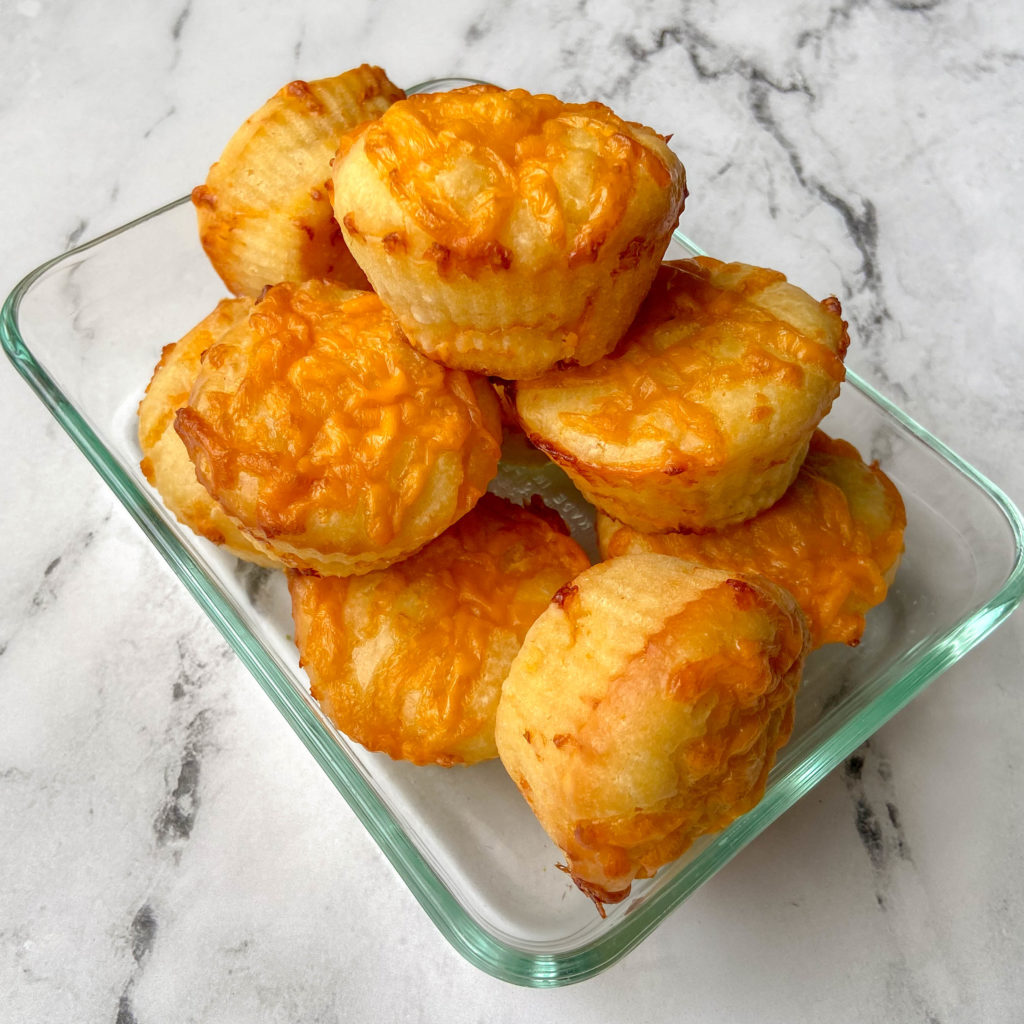
3. Our Favorite Mac and Cheese
Mac and cheese is a long-running freezer favorite. Make this basic go-to recipe, or mix it up by adding some veggies into it if you like. (We like to use frozen spinach).
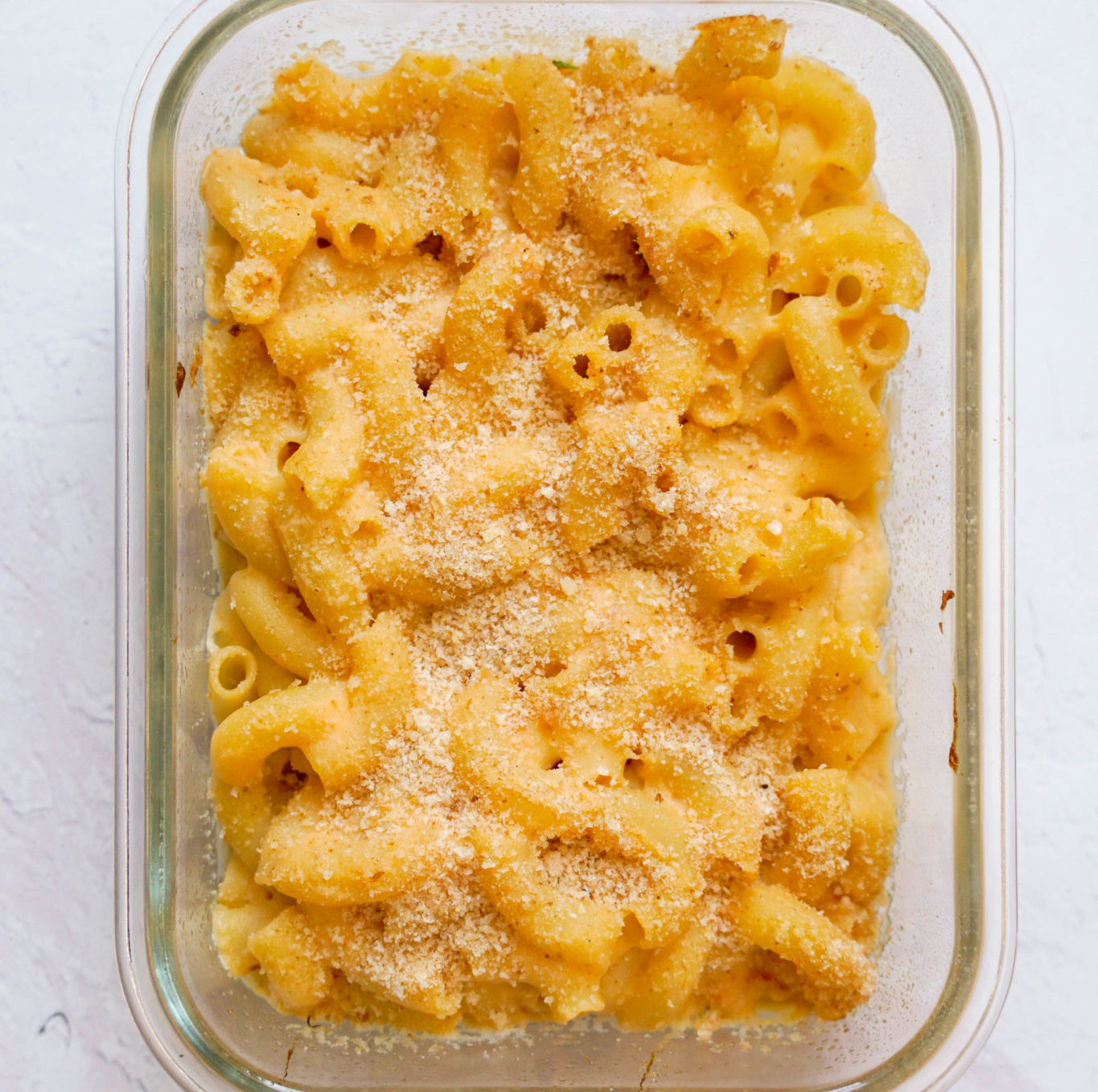
4. Starbucks Copycat Recipe: Spinach Feta Breakfast Wrap
This copycat recipe is one of our favorite and most popular recipes. It also happens to freeze extremely well.
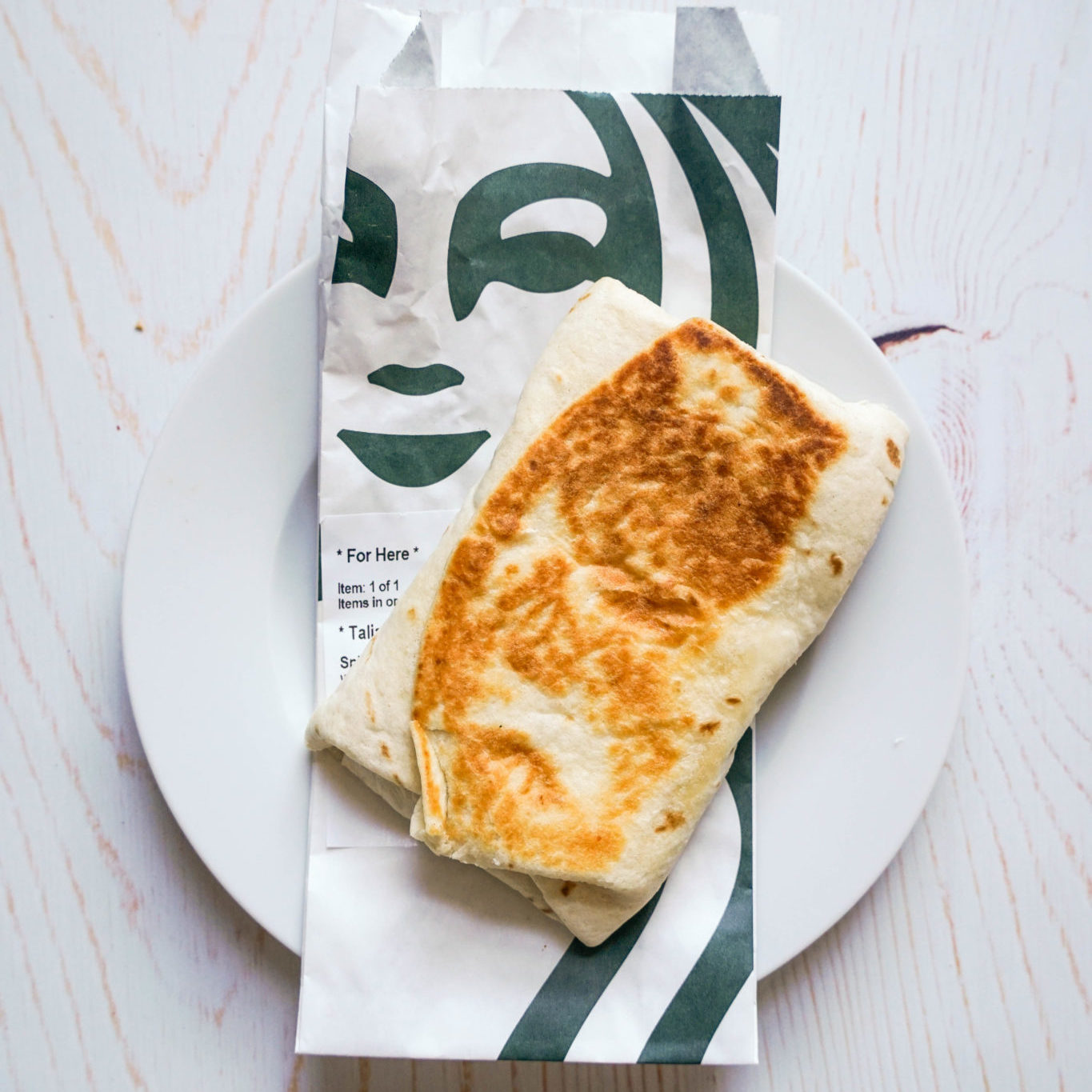
5. Individual Chicken Pot Pies
Pot pie is a great comfort food no matter what the time, place, or occasion. We like how these are individually sized and therefore can freeze well.
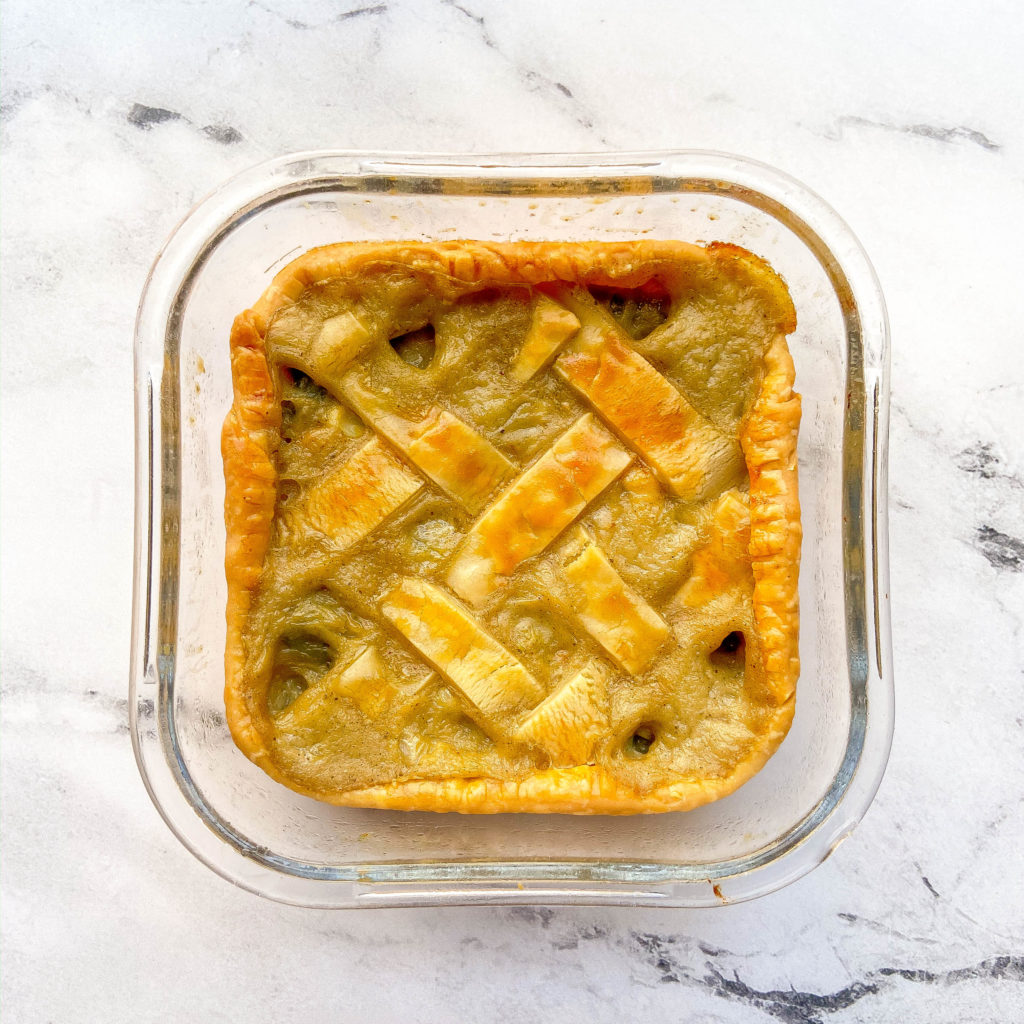
Freeze Ingredients to Reduce Waste
You can reduce waste by freezing individual ingredients rather than disposing of what you don’t use right away. For example, if you only use part of a can of coconut milk for a recipe, you can freeze the unused portion to throw into your next curry. The same thing goes for a can of tomato paste, or even leftover coffee. (Ice cube trays work really well for both of these ingredients.)
The freezer also allows you to buy in bulk. I live alone, so I used to avoid bulk shopping at places like Costco, but now I know I can invest in larger packages of meat or veggies and freeze them into individual portions.
More products are freezer friendly than you may realize. For example, dairy products like milk, cheese, yogurt, butter, and even eggs can all be frozen. I often freeze yogurt that’s about to go bad into a covered ice tray to pop into smoothies later.
Related: 8 Freezer-Friendly Breakfast Burritos
Store Your Food Properly
Airtight containers prevent freezer burn. My general rule is that if it has a sealed rim, it’s good for the freezer. I like to save jars and airtight takeout containers for soups and sauces (Souper Cubes are also great for this).
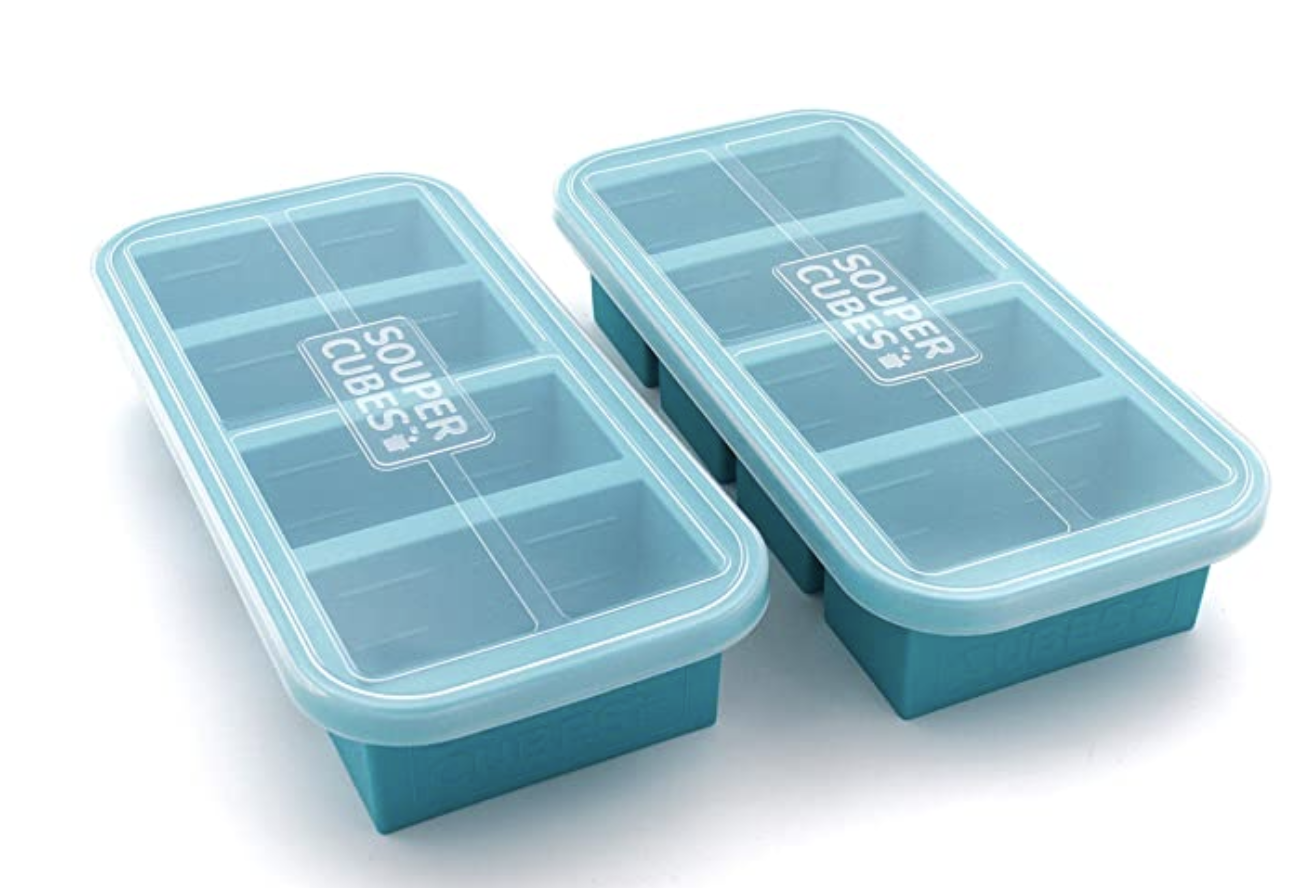
When storing ingredients in a plastic bag, you can try this handy trick to create a vacuum seal without a vacuum sealer. These Stasher bags are also great for freezing fruits and veggies and a great alternative to zip-close plastic bags.
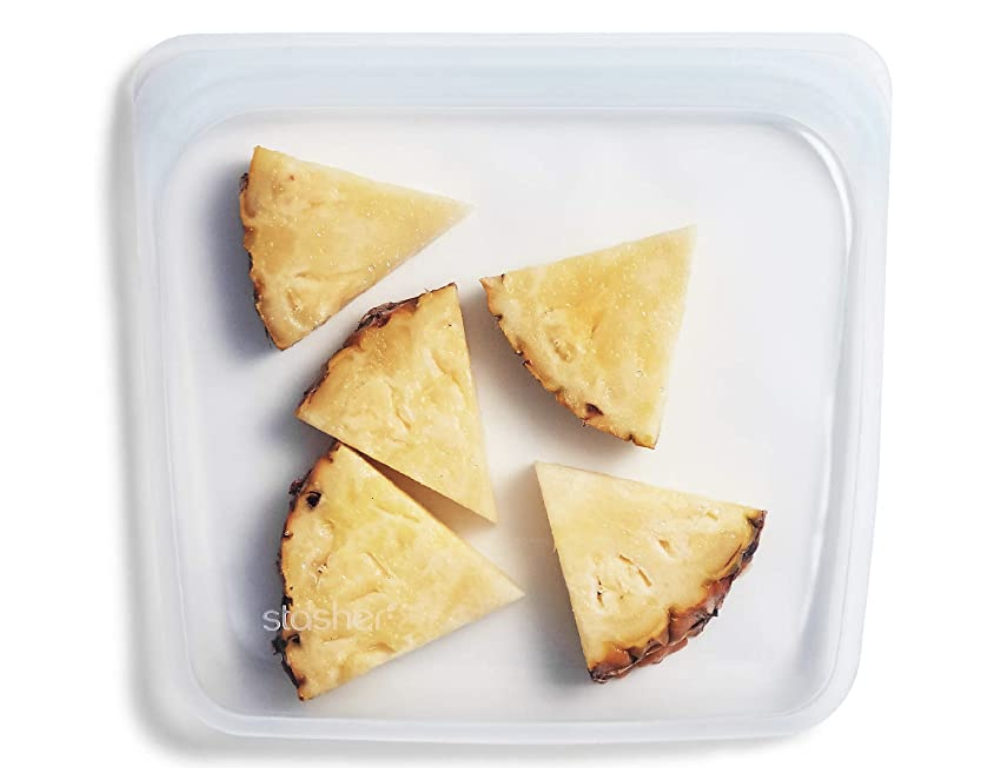
When freezing meals, don’t put your hot or warm meal directly in the freezer. Allow your prep to cool for 30 minutes to avoid condensation on the top of your container, and stick it in the fridge overnight. Then you can transfer the meal into the freezer.
Related: Freezer Meal Prep: Stock Your Freezer With 8 Easy Prep Recipes
Organize Your Freezer
Disorganization can sabotage your freezer meal prep efforts. Try to establish a system that works for you. You can use plastic baskets to organize food by category, for example. It’s also a great idea to keep an inventory of what you have in the freezer. I keep a list on my phone to easily reference when making my grocery list. It helps me cook through my freezer stash and also figure out what I do and don’t need, saving me money.
Make sure to label your meals with what they are and the date you made them. Food doesn’t go “bad” in the freezer in the sense that it isn’t safe to eat after a certain date. The label simply ensures you eat it up while it’s at its freshest. So mark up those containers of Freezer-Friendly Spaghetti Bolognese and stash them in the freezer.
Defrost Safely
When you’re ready to enjoy your frozen meal, it’s essential to properly defrost it. You may have seen people leave frozen food out at room temperature to defrost, but this leaves it at an unsafe temperature for too long.
There are three safe ways to defrost your meals:
- Move the meal from the freezer to the fridge 24 to 48 hours before you plan to eat it.
- Place the meal in a bowl of cold water, changing the water every 30 minutes until it’s defrosted.
- Microwave the meal using the defrost setting. This method can dry out food or otherwise impact the quality, but it works in a pinch.
Freezer prep allows me to diversify my meals and have some food on hand for exceptionally busy weeks. My personal favorite food to freeze is muffins. I love the No-Frills Banana Bread Muffins, and instead of eating the whole batch in a week, I freeze half and enjoy them a month or two later.
What are your favorite WWL recipes to freeze? Let me know in the comments!
Want my full list of freezer must-haves? Download my complete list of pantry and freezer essentials!
Leave a Reply